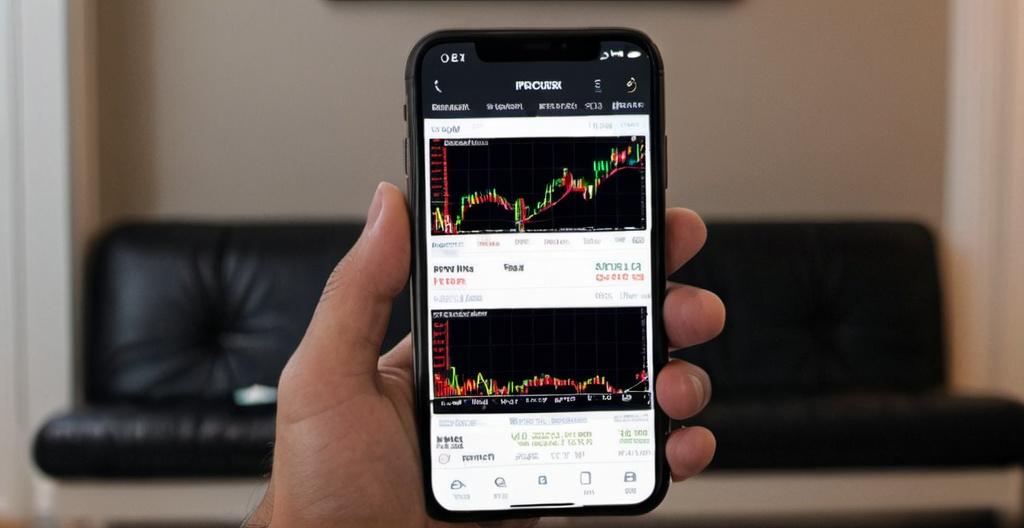What Makes Binary Options Seem Safer Than They Are
Binary options look clean on the surface. The appeal is built into the structure: fixed payouts, limited downside, no margin calls, and a user interface that feels more like an app game than a financial product. For a newer trader, it can look like a risk-controlled way to speculate. But that’s exactly the trap. The simplicity hides the complexity—and the scale of risk.
Each trade is a fixed-odds proposition: you either win or you lose. No partial profit, no break-even. Once you click, you’re locked in. That kind of structure removes the flexibility that most professional traders rely on—adjusting position size, hedging, scaling in or out, or letting a position breathe. Binary options don’t offer that. You’re betting on a specific move over a specific time window, and if you’re even slightly off, the trade ends at zero.

Short-Term Expiries Create Long-Term Problems
Most binary options contracts expire within five minutes to one hour. That tiny window changes the nature of the trade. You’re no longer predicting direction over a reasonable time horizon—you’re predicting noise. Price movements over five-minute intervals are driven more by liquidity gaps, order flow, and randomness than by fundamental drivers. This makes technical setups less reliable and turns timing into a guessing game.
As one expert from BinaryOptions.co.uk put it:
“The biggest risk in binary options isn’t the trade—it’s the illusion of control. The structure looks manageable, but most users don’t realise they’re effectively gambling on micro-movements in price. It’s not investing. It’s speculation compressed into a two-minute window.”
The Platform Problem: When the House Plays Against You
One of the core structural risks in binary options isn’t the instrument—it’s the platform. On many offshore or unregulated sites, the broker is the counterparty. That means they win when the user loses. This creates a direct financial incentive for platforms to manipulate expiry prices, widen spreads just before settlement, or delay order execution.
In regulated markets, binary options are often banned outright, not because the product is inherently toxic, but because the broker model built around them has historically exploited users. Even traders who understand the odds are still operating on platforms where the outcomes aren’t always fair.
Psychological Risk: Fast Trades, Fast Losses
Binary options also carry a less visible but more corrosive form of risk: behavioural fatigue. The fast-paced nature of the trades leads to impulsive decision-making. Losses can come in seconds, and the temptation to “win it back” kicks in quickly. Many traders don’t have a strategy—they’re clicking, adjusting size, chasing losses, and reacting to past trades rather than planning future ones. That turns a simple trade into a gambling loop.
The platforms reinforce this. With interfaces that resemble mobile games, push notifications, and payout stats displayed like scoreboards, traders aren’t nudged to think—just to act. And the faster they act, the more they lose.
Conclusion: Know What You’re Actually Trading
Binary options are risky not just because of their structure, but because of how they’re sold. The product is marketed as simple, but the price behaviour it’s built on is anything but. In a market environment driven by liquidity, macro events, and rapid sentiment shifts, trying to predict a 30-second price move isn’t a strategy—it’s a bet.
Traders who understand this and use binary options with discipline, sizing control, and strict rules may survive the risk. Most don’t. And it’s not because they’re unintelligent—it’s because the product was never built for thoughtful investing. It was built for speed. And speed amplifies risk, whether you see it coming or not.
This article was last updated on: July 17, 2025